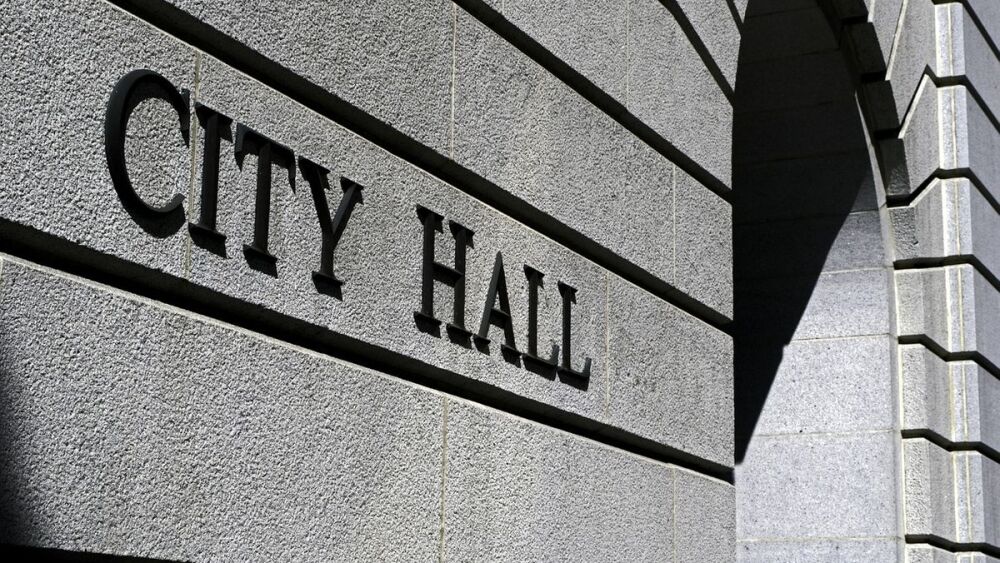By Alex Laskow
Next City
Nobody, it seems, likes Brooklyn’s Fourth Avenue. It’s a big, busy street — parking on both sides, two lanes of traffic (plus turning lanes). The older buildings are industrial and stick low to the ground. But those don’t get mentioned much. It’s the newer ones that stick out: They rise up tall and glassy, fronts flat to the sidewalk. Their ground floors, mostly spent on required parking, turn cold, concrete faces to people walking by.
They’re nothing like the squatter, more pleasant buildings directly to the east, that fill the blocks of Park Slope, from this edge of the neighborhood, up to Prospect Park. On the contrary, Fourth Avenue’s modern wretches are exactly the sort of buildings that neighborhoods like Park Slope fear when developers and policymakers start talking about building more housing.
But designers and planners don’t like Fourth Avenue’s buildings either. They often speak with relief about how the parking requirements that made the ground floors so terrible have been changed. “We tend to use Fourth Avenue as a poster child for a lot of things we shouldn’t be doing,” Jeff Shumaker, the director of urban design at New York’s Department of City Planning (DCP), told a roomful of architects at AIA New York in April. “You can see the different experience you have when you’re walking here and looking up.” But, Shumaker and the department he works for are arguing, it’s not the density and the height of the buildings that’s the problem — it’s the design.
Read the full coverage here.












